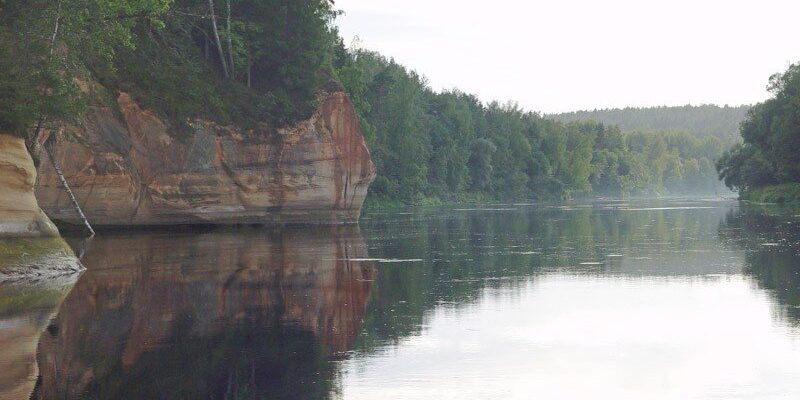Gauja National Park
Gauja National Park is Latvia’s oldest and largest nature reserve, located in the Gauja Valley. The park was established in 1973. It occupies 90 thousand hectares and stretches along the most picturesque section of the river, where multicolored sandstone outcrops, river cliffs, rocks and caves have been preserved. The territory of the Gauja Park from Valmiera to Murjani is full of dense mixed forests and pure springs.
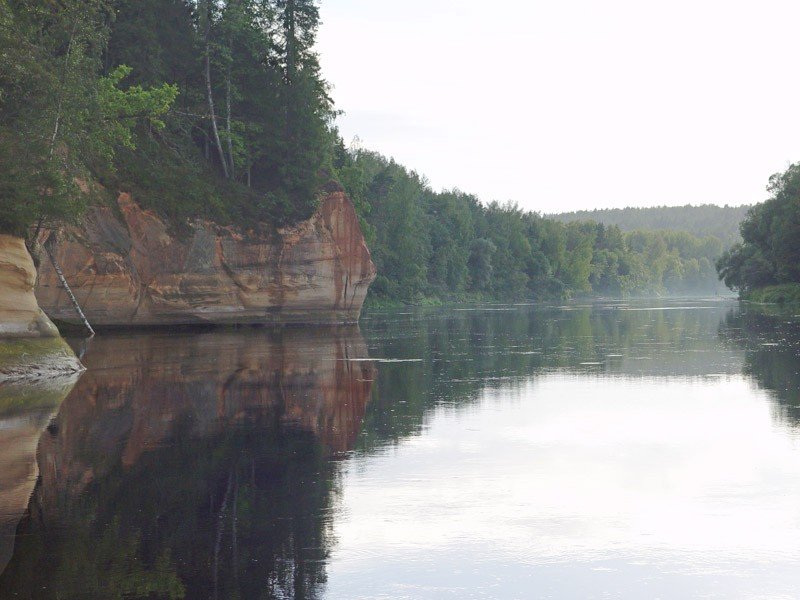

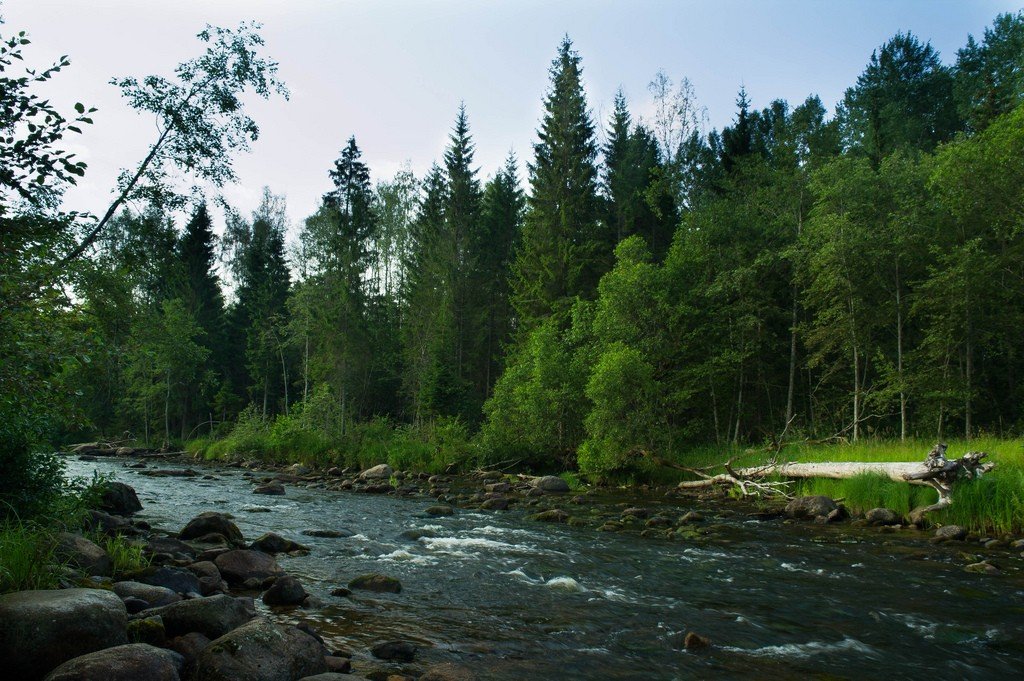
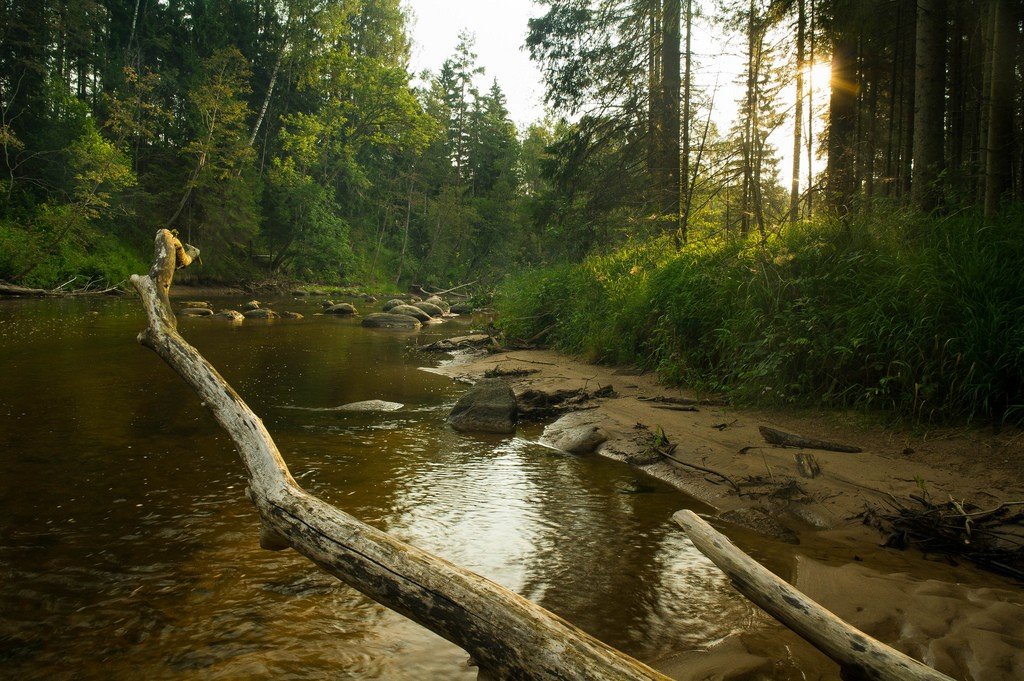
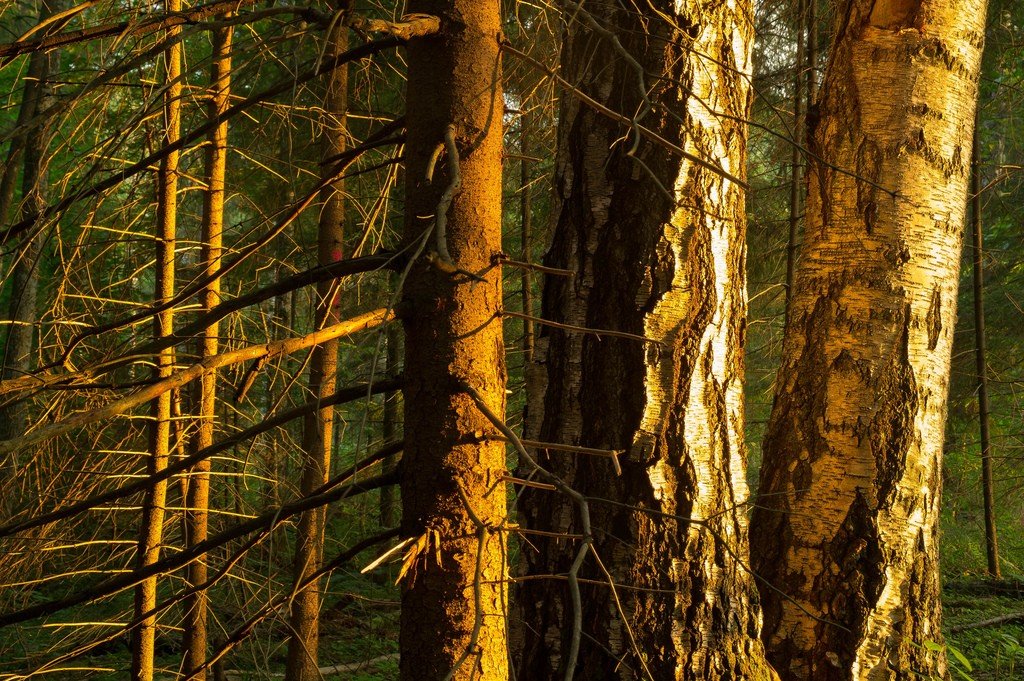
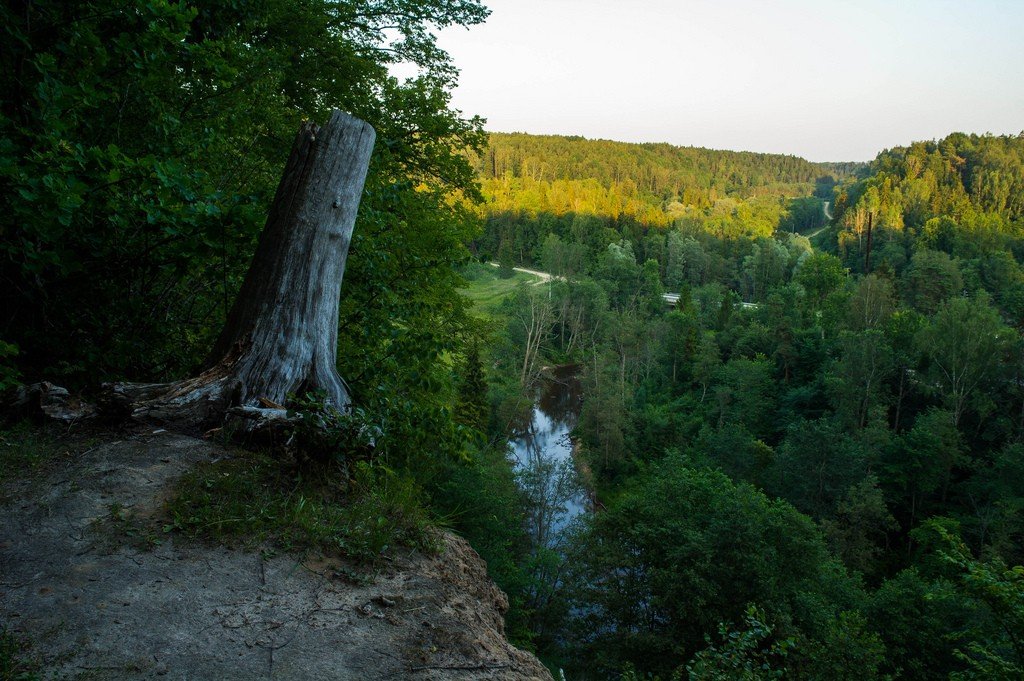
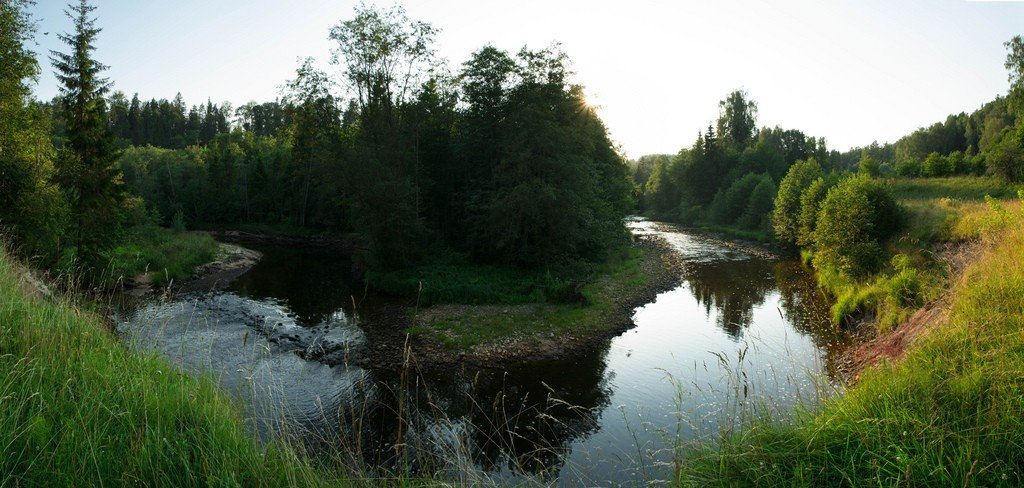
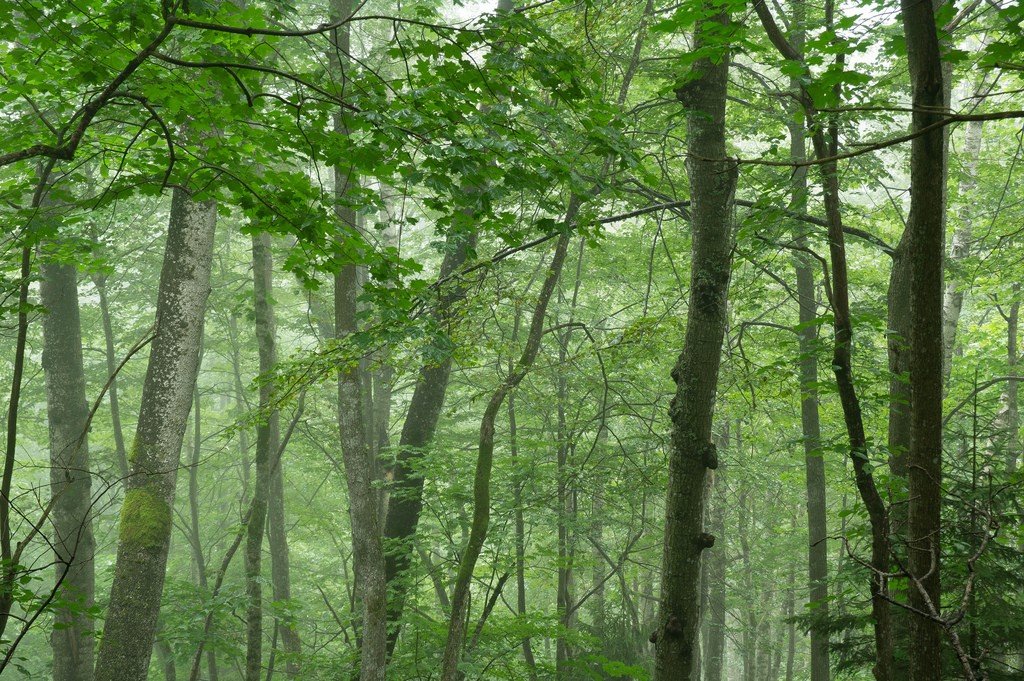
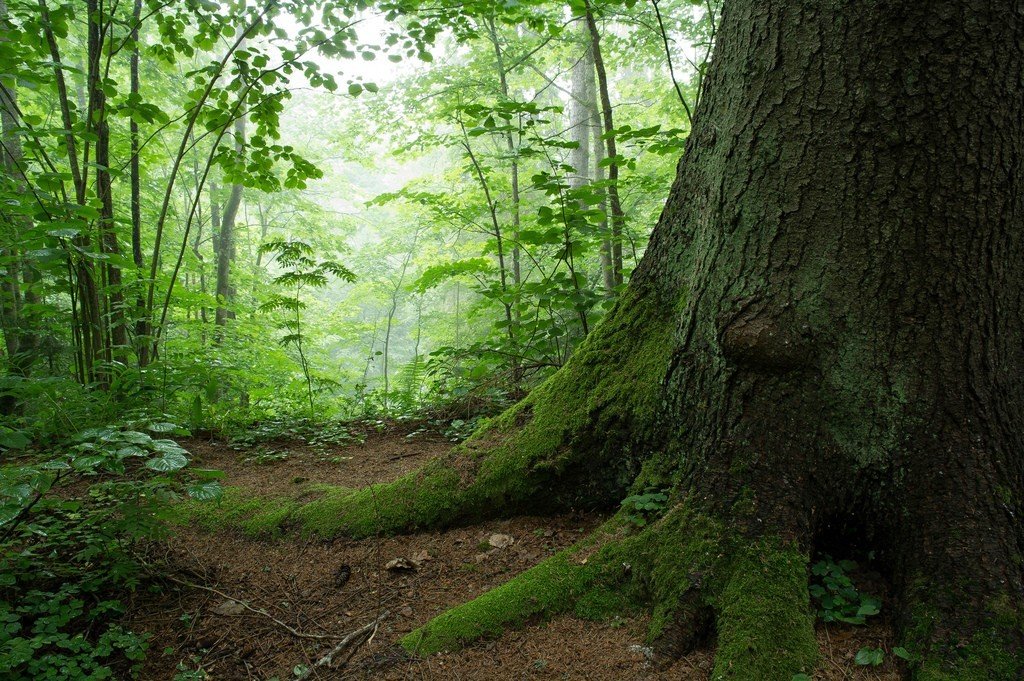
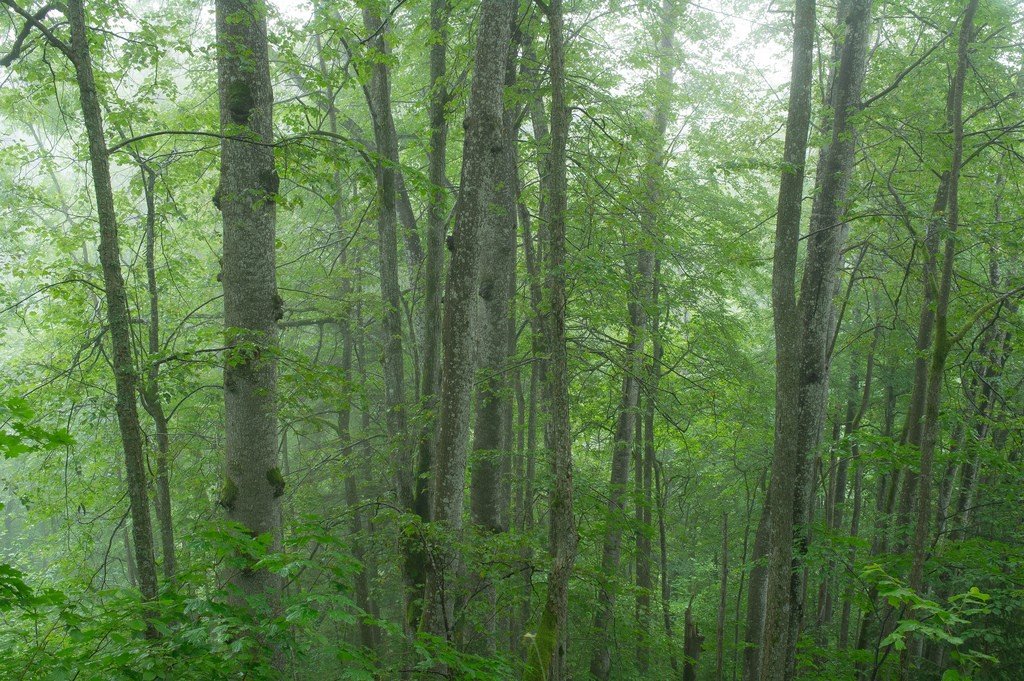
Highlights
Traveling here allows you to enjoy the beauty of Latvian nature. The majestic Ergļu cliffs rise on the shores of Gauja. They are 700 meters long and 22 meters high. There is a beautiful observation platform above the cliffs, which offers excellent views of the smooth bends of the river. On the right bank of the river, there are beautiful white sandstone outcrops called Sietiniezis cliffs. The sheer cliffs are 0.5 km long and rise to the height of a five-story building.
On the banks of the Amata River is an impressive outcrop of Devonian sandstone, the Zwartes Cliff. In addition to it, in the valley of this river you can see the beautiful Ainavu cliff and the picturesque cliffs of Kaubiu and Dzilnas.
.
Some people enjoy rafting down the Gauja by boat, while others like to ride bicycles through the protected area. A walk along the nature trails of Litgane allows you to get acquainted with the wild animals that inhabit the territory of Latvia. For the convenience of travelers, Gauja National Park has Visitor Centers where tourists can get maps of the reserve and information about local natural and historical attractions.
.Caves
Many people come to Gauja National Park to visit the caves. The 370-350 million year old multi-colored sandstone has voids. They appeared, due to water exposure during the post-glacial period, about 10,000 years ago.
.
There are several caves within the reserve. The largest of them – Gutmanja Cave – is 18.8 meters deep, 12 meters wide and has a vault height of 10 meters. It is the largest cave in Latvia. Interestingly, there are many historical inscriptions preserved in it, and the earliest of them date back to the second half of the 17th century.
.
The longest cave in Gauja Park is considered to be the Blacksmith’s Cave, and the most visited is the Devil’s Cave. The Liela Ellite cave has unusual shapes. It is an intricate arcade with hollows, niches and cavities formed 7-6.5 thousand years ago.
.Historic Sites
Gauja National Park is not only rich in nature. On its territory there are more than five hundred monuments of history and culture. Here are preserved old manors, beautiful churches, ancient settlements, stone castles, windmills and water mills. A visit to the national park allows you to get acquainted with ancient Latvian cities – Sigulda, Cesis and Valmiera.
.The most popular among tourists are Turaida stone castle and wooden buildings of Ungurmuizi manor. Many travelers come to see the Araishi Lake Park Museum, where an accurate reconstruction of the dwellings of the Stone and Bronze Age, as well as the village of the Latgalians of the IX-X centuries.
.
Those who want to see what the working village looked like at the beginning of the last century, go to the buildings of the Ligatne paper mill. And lovers of antiquity find much of interest in the old neighborhoods of Sigulda and Cesis.
.
How to get there
Gauja National Park is located 55 km from Riga. Travelers getting here by car come to the park by the highway Riga – Pskov or Riga – Valmiera – Tartu. Tourists using public transportation first need to get to Sigulda, Cesis or Valmiera. From these cities the Gauja National Park can be reached by local buses, cabs or bicycles.
.